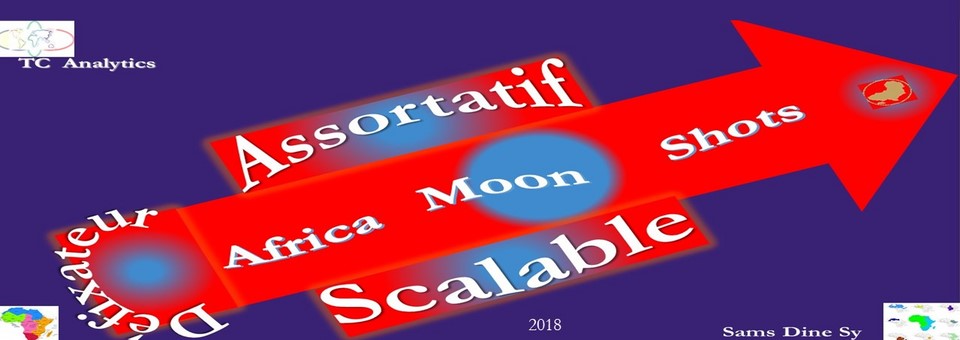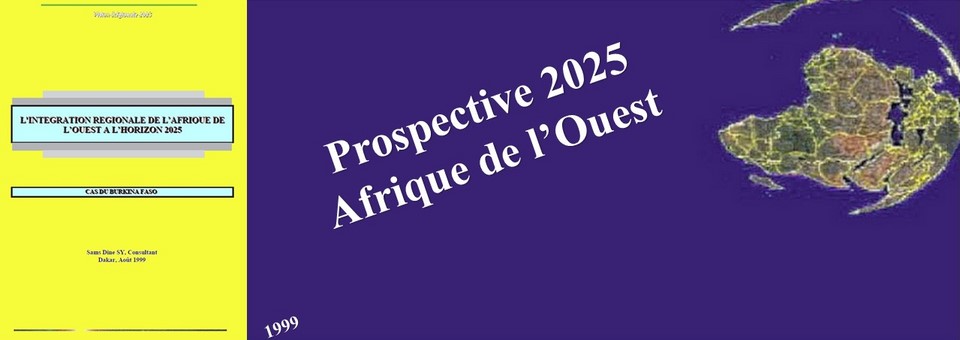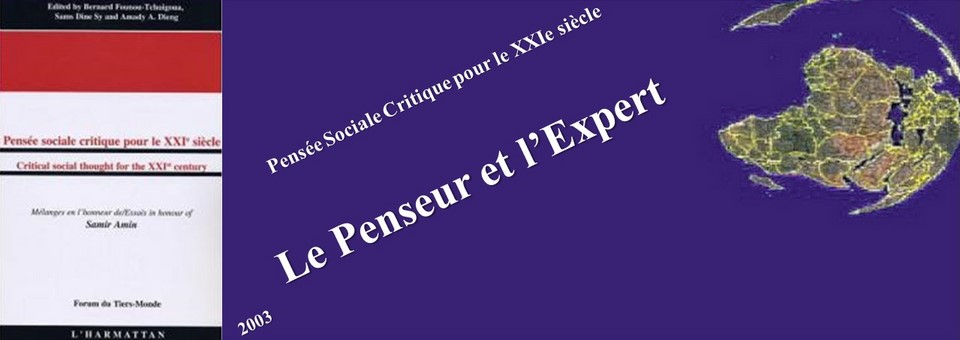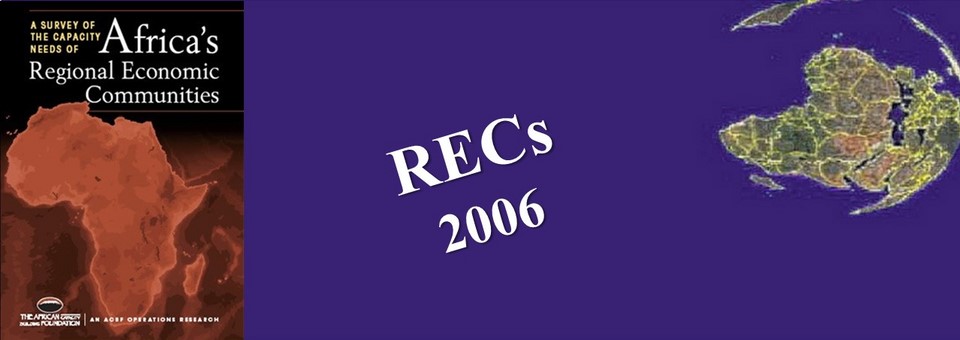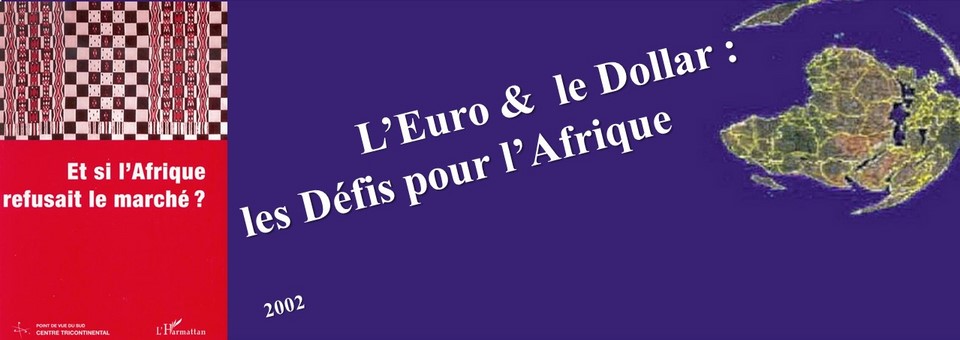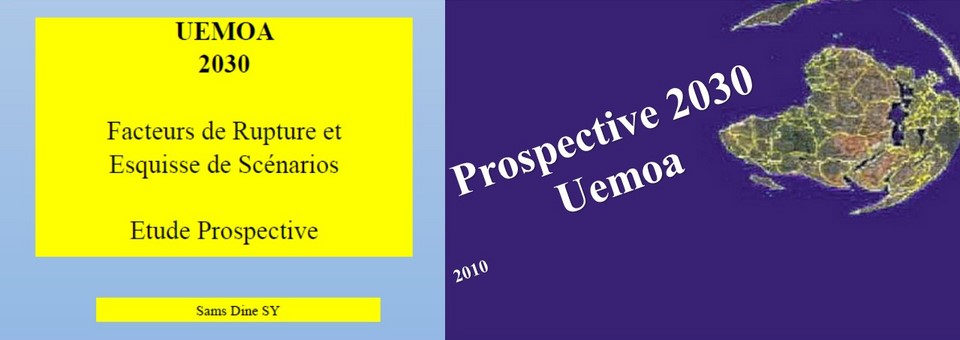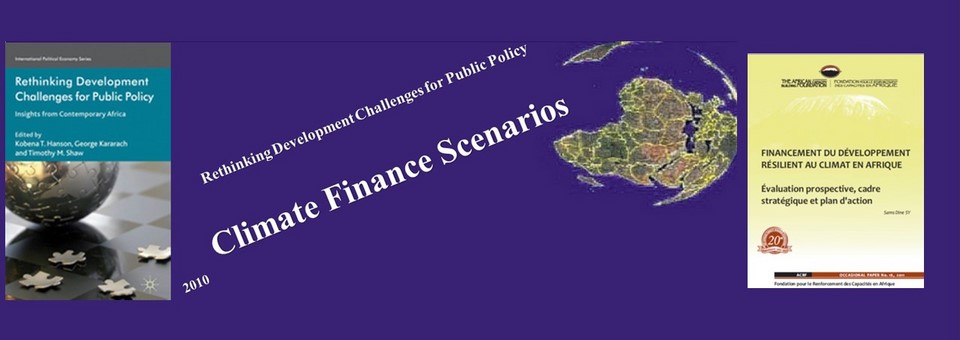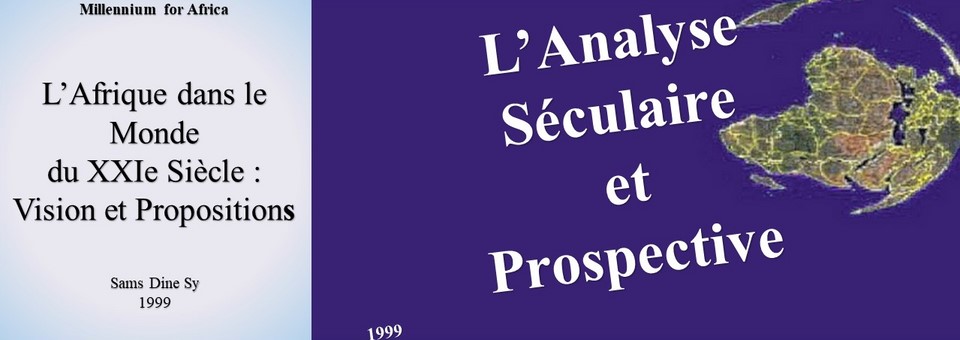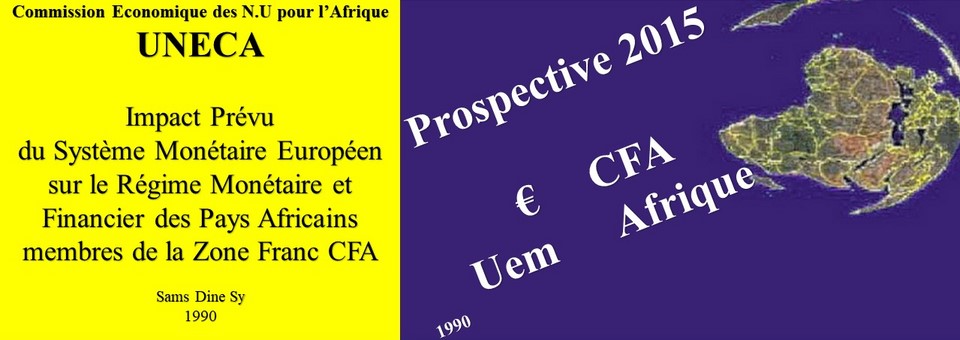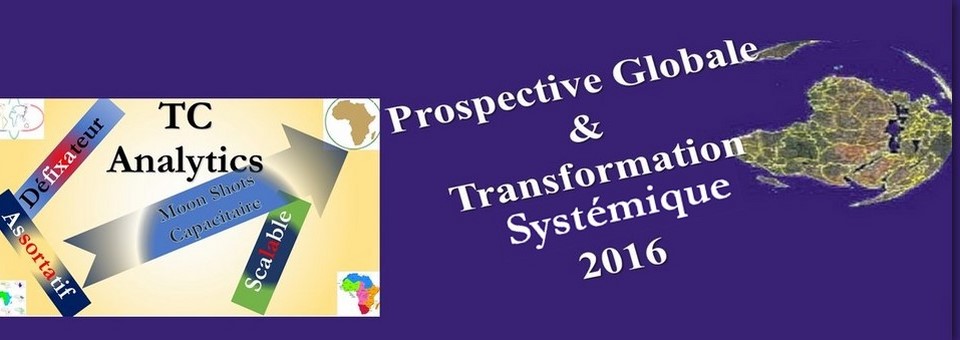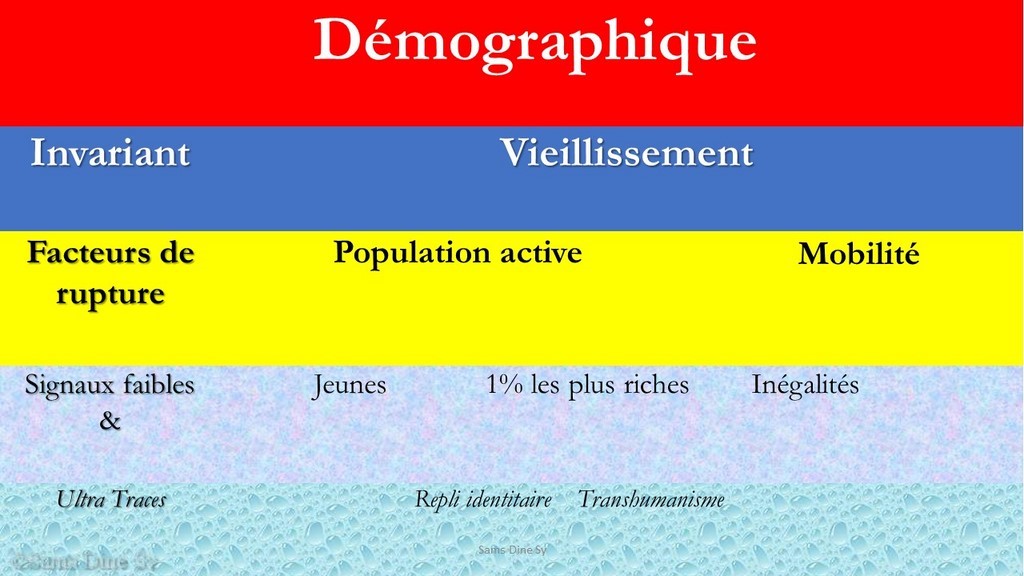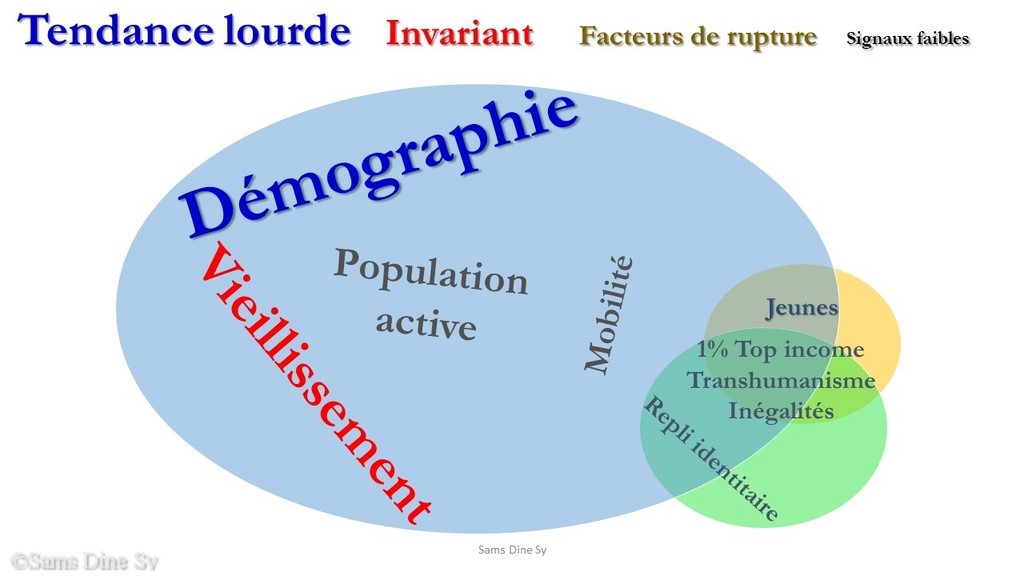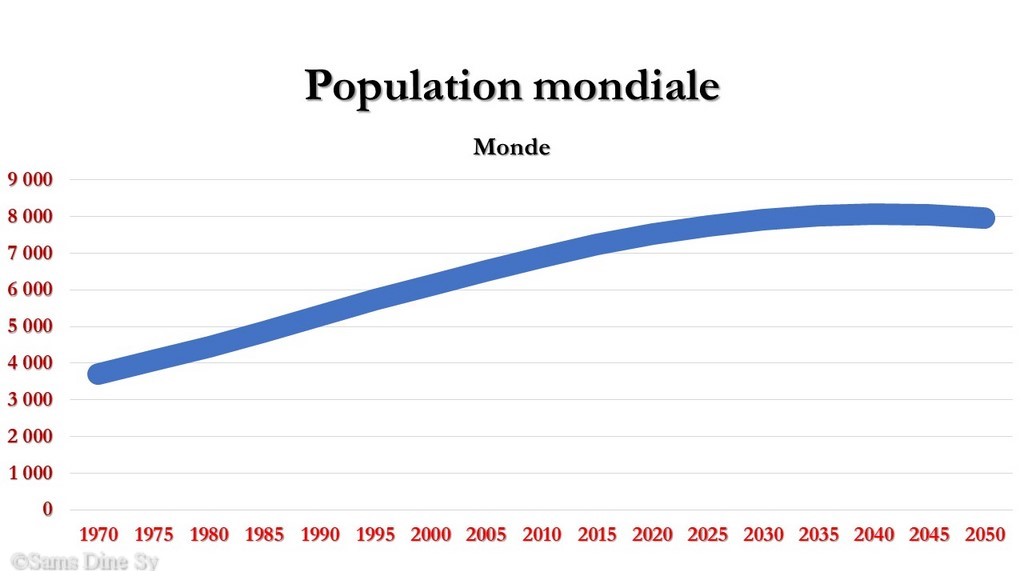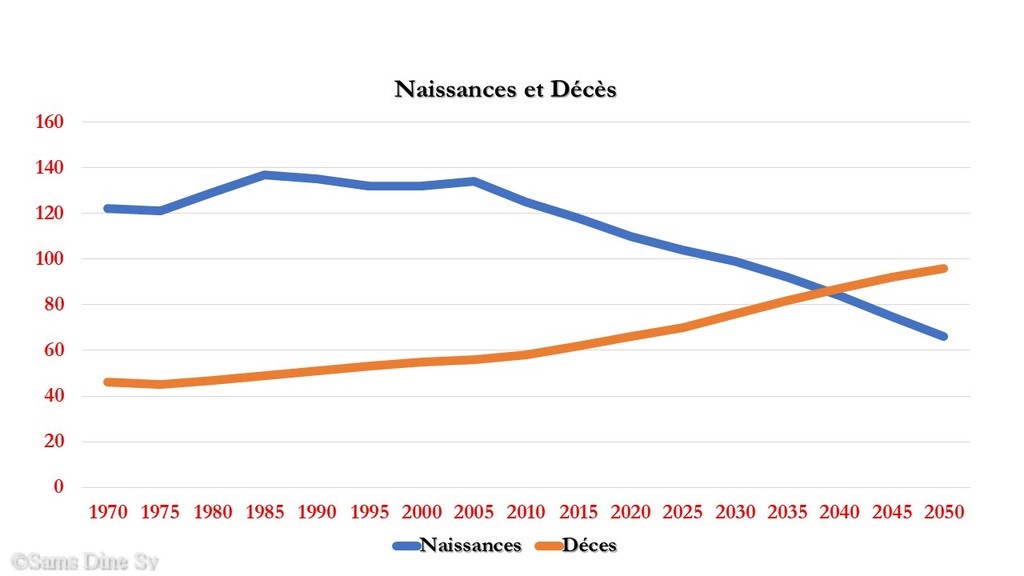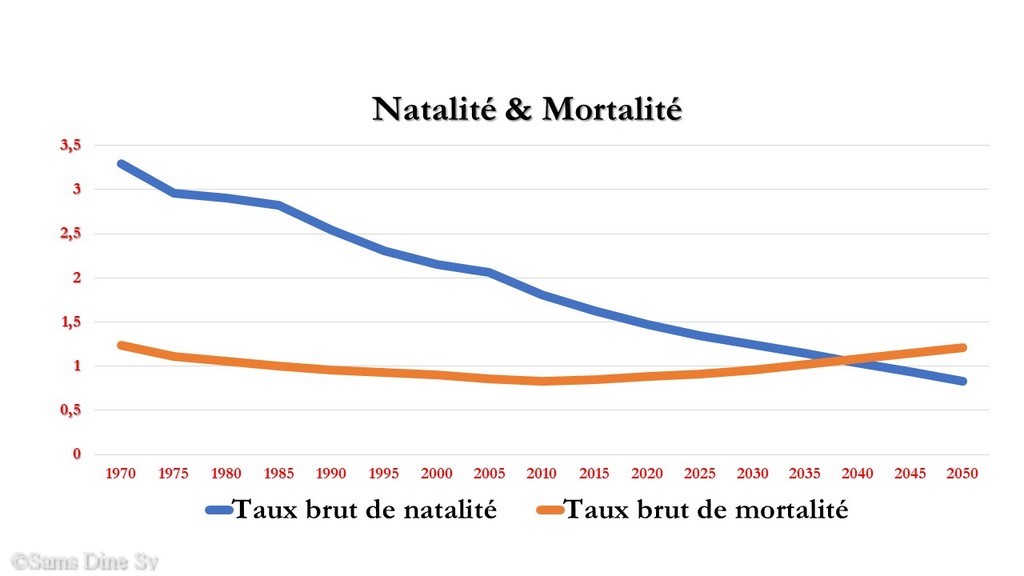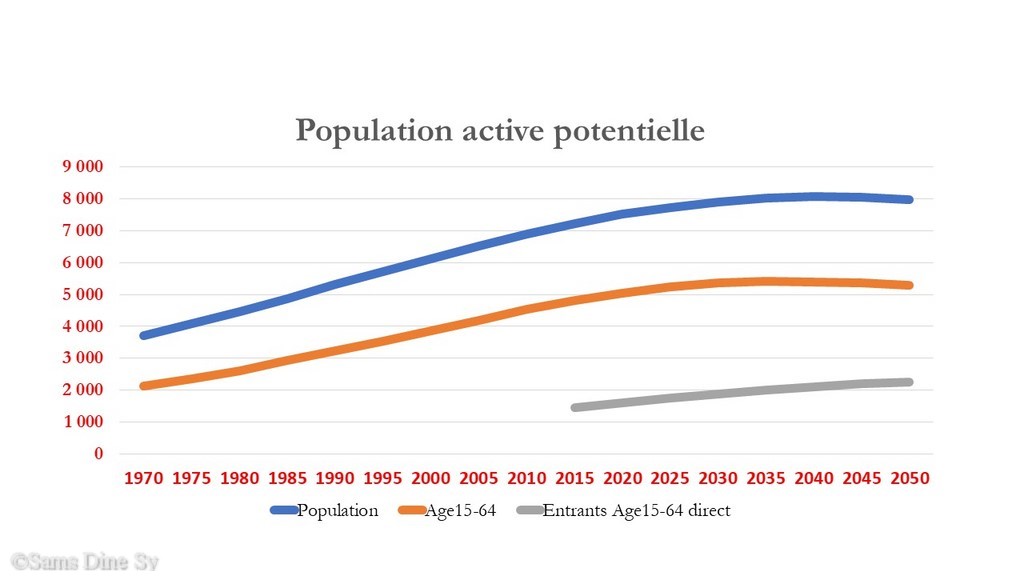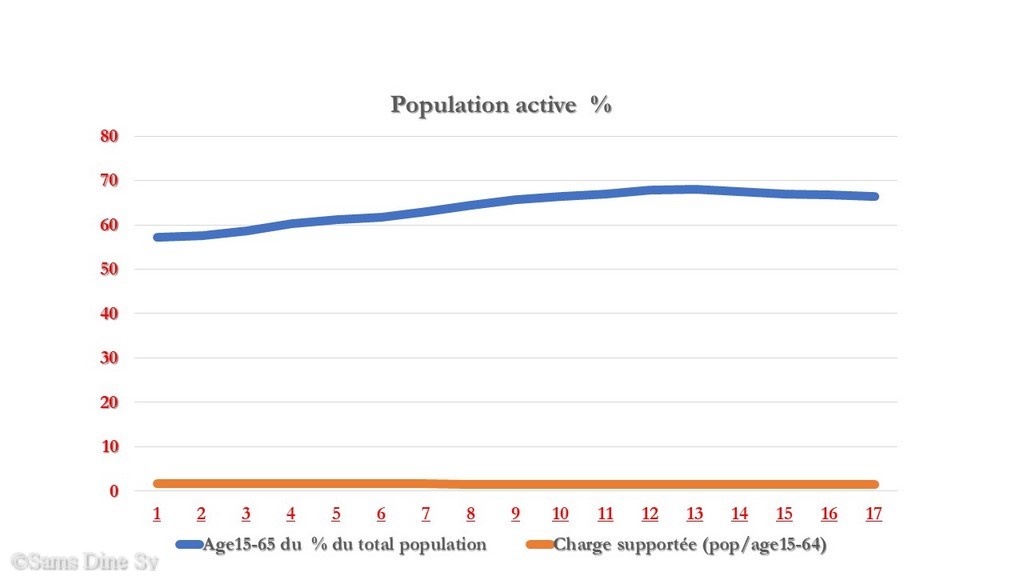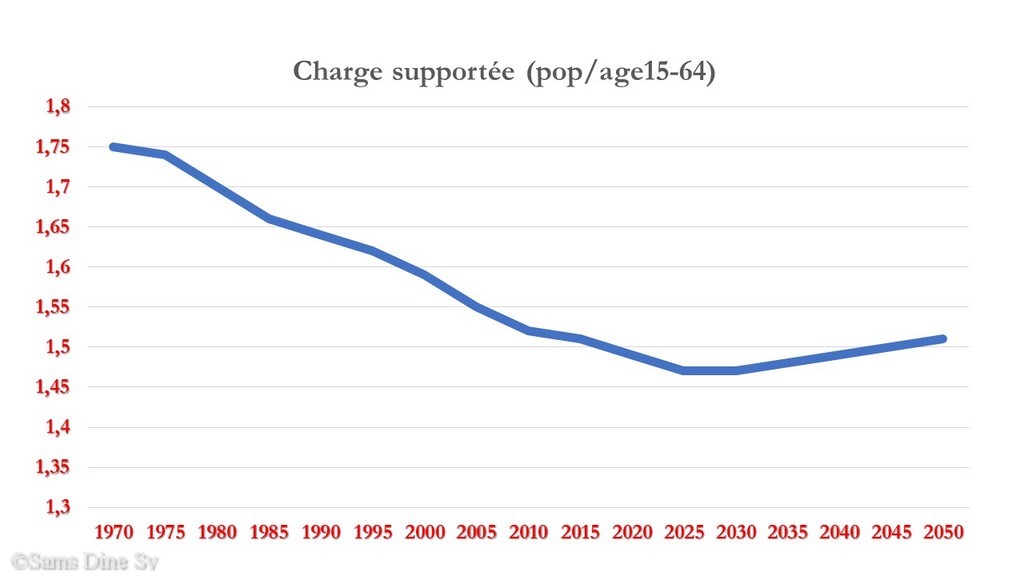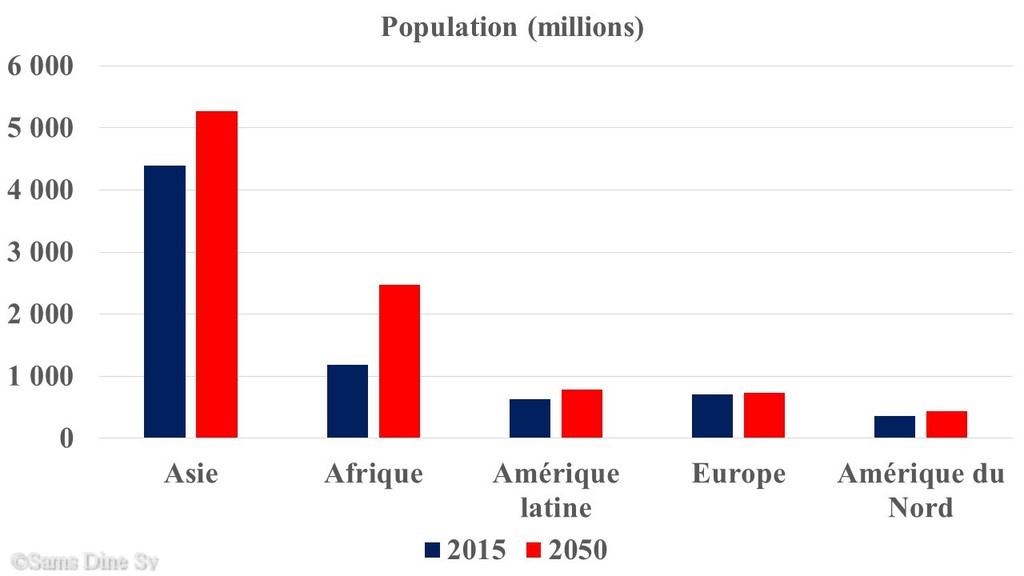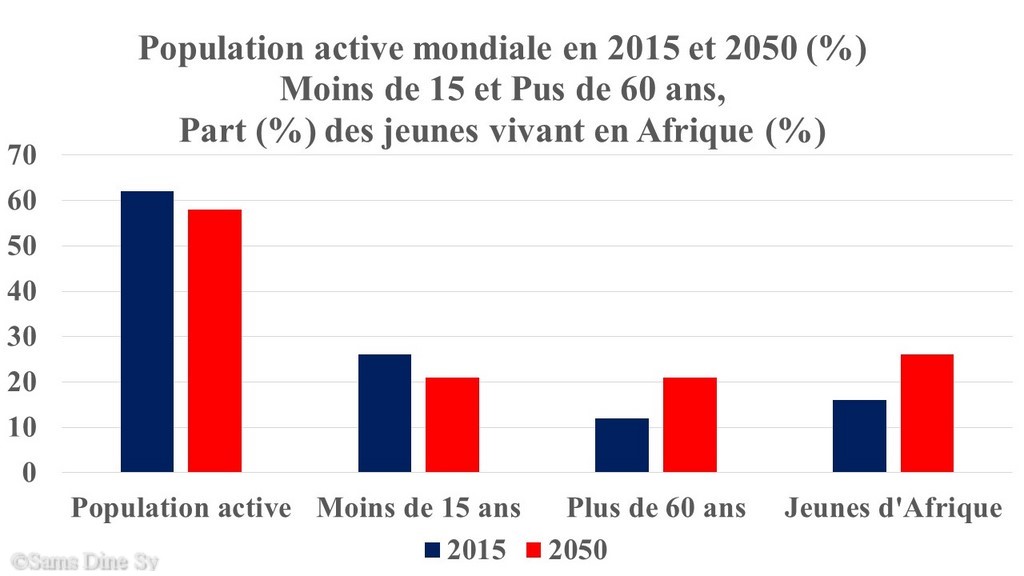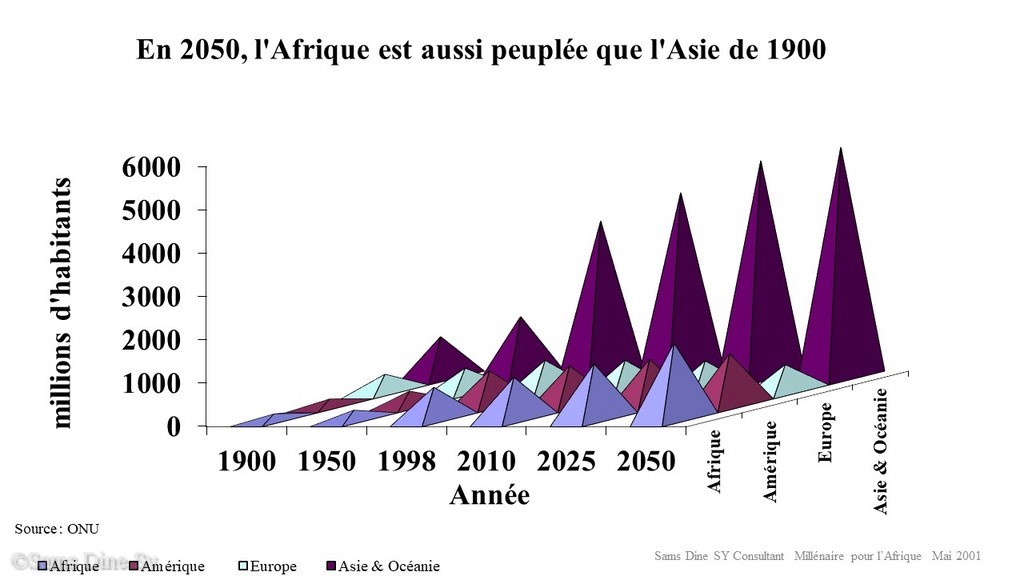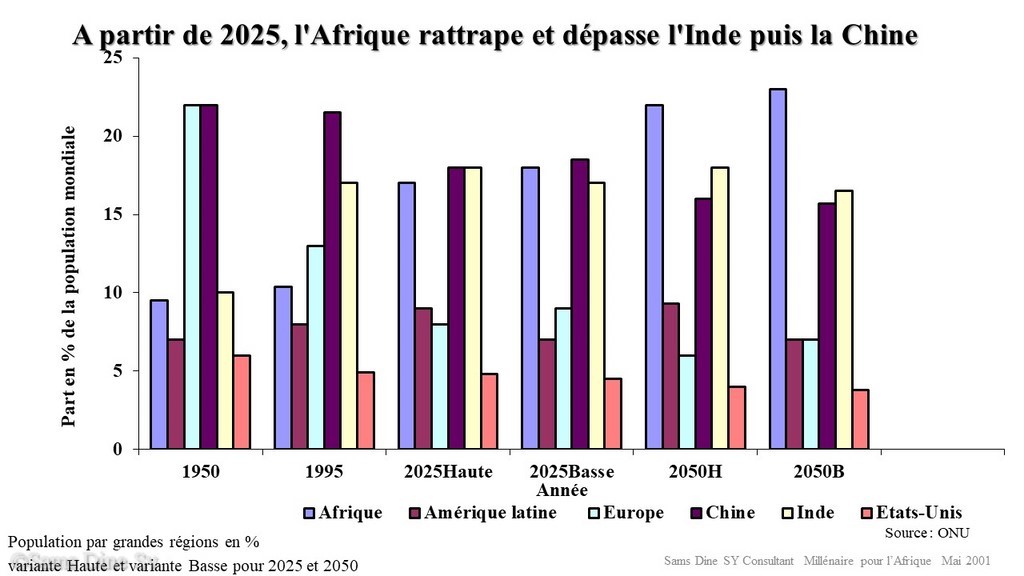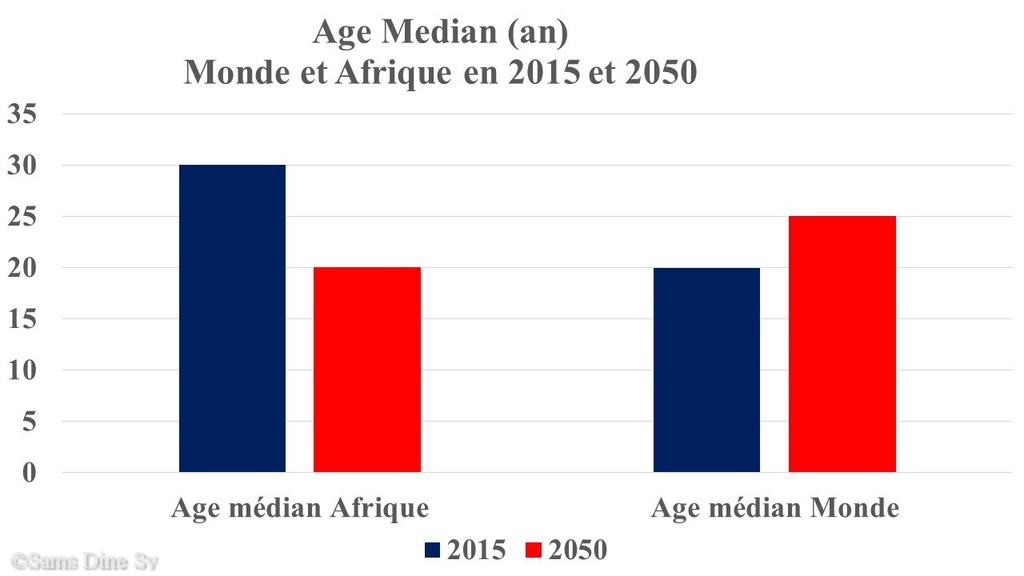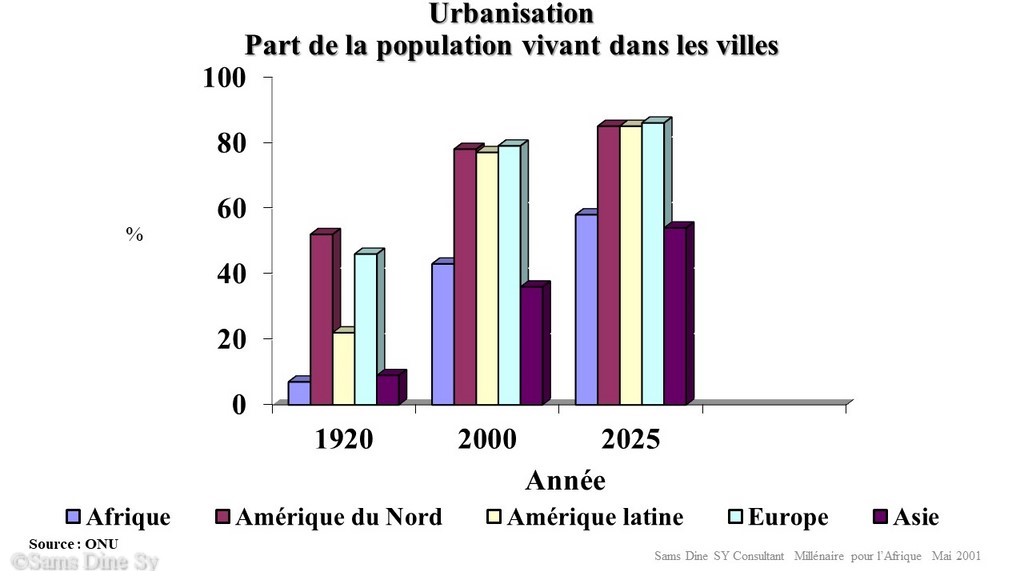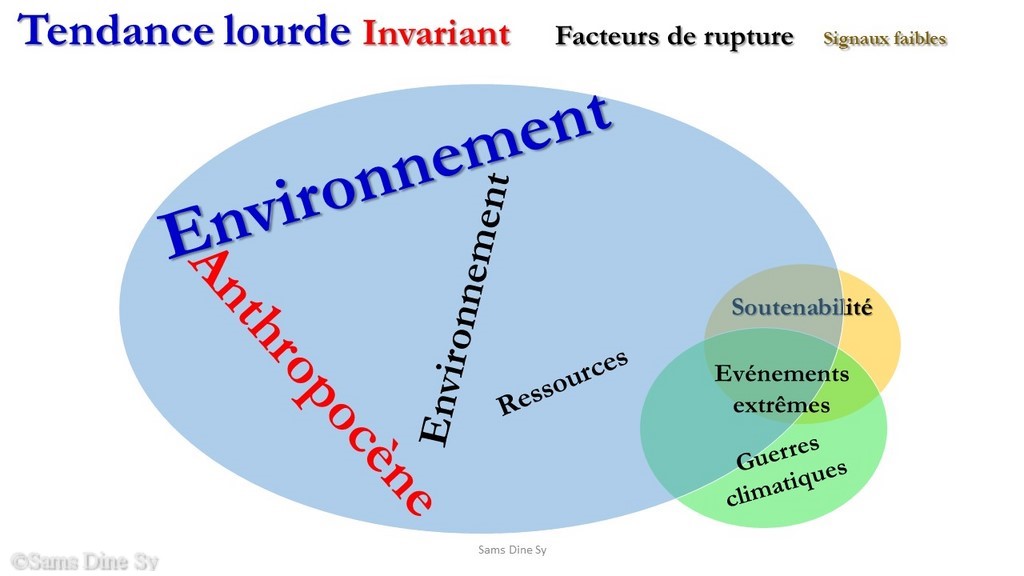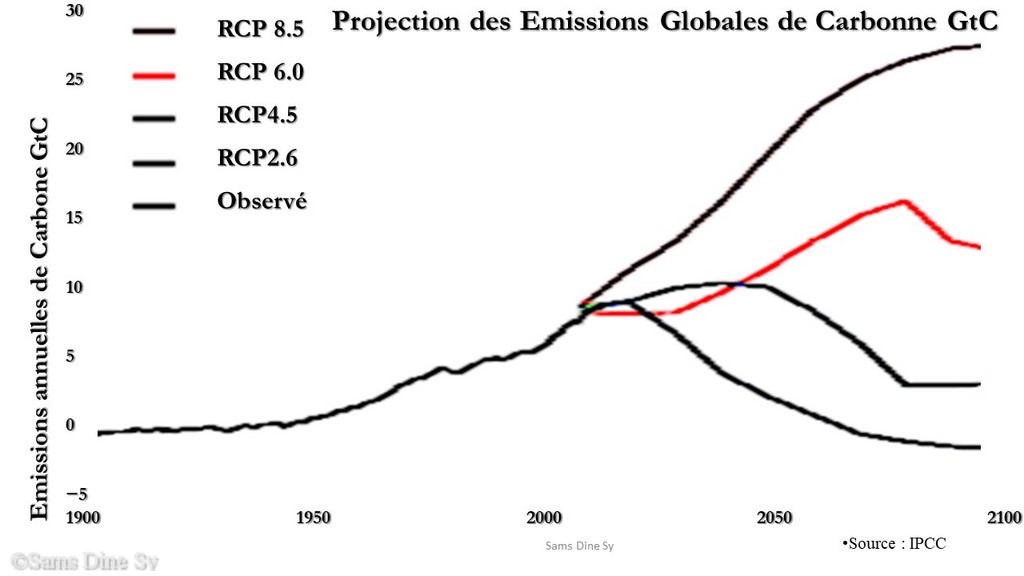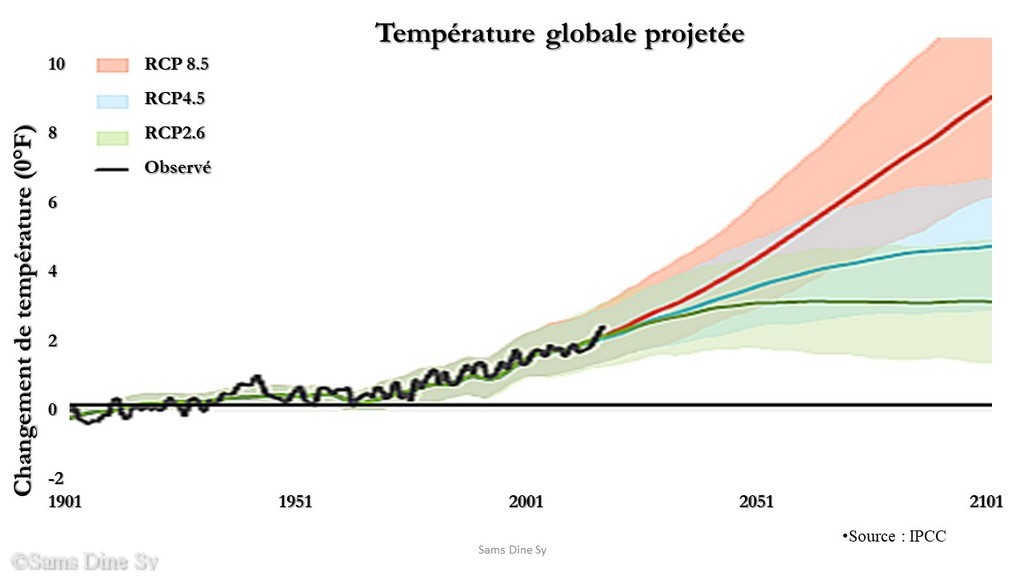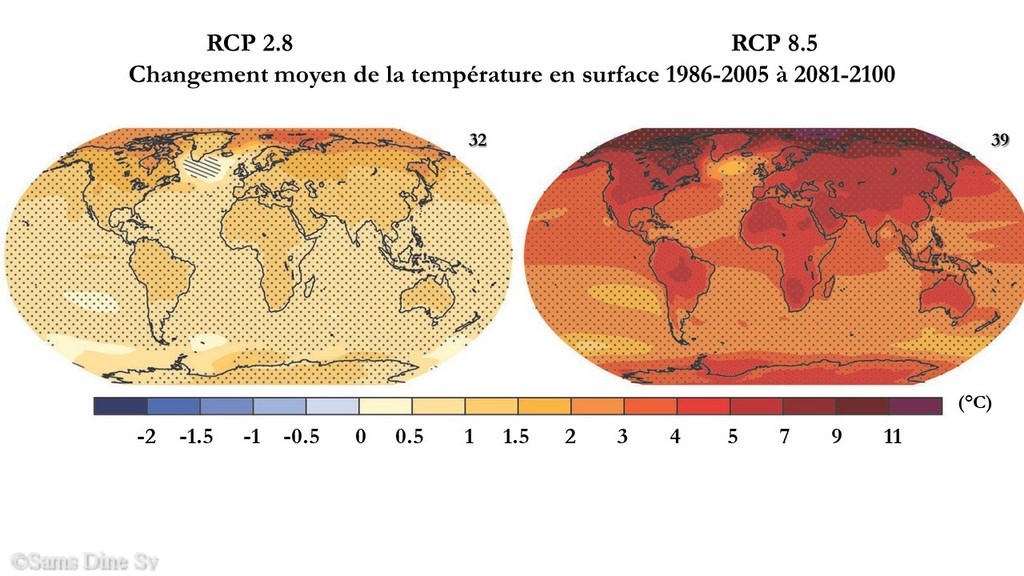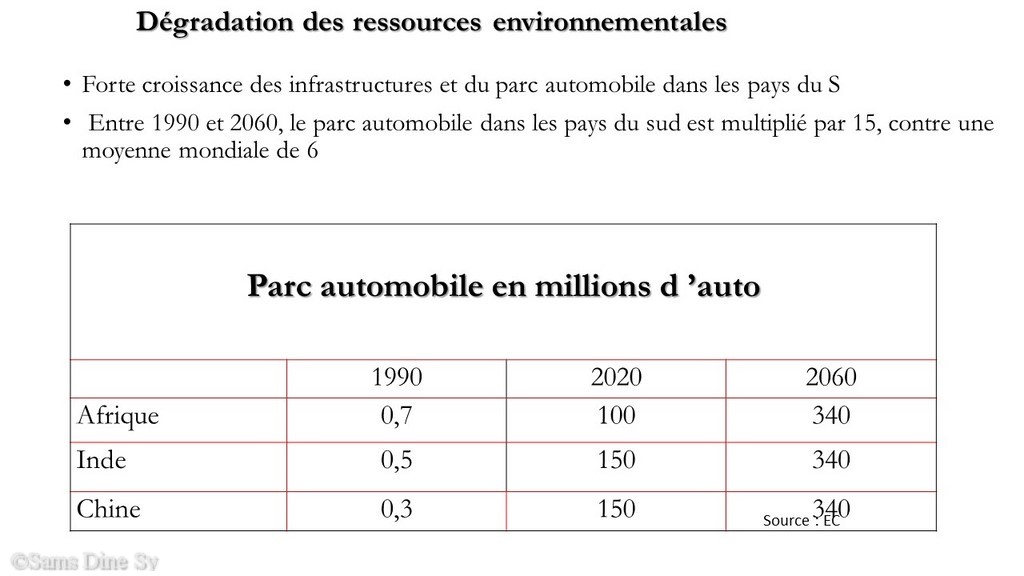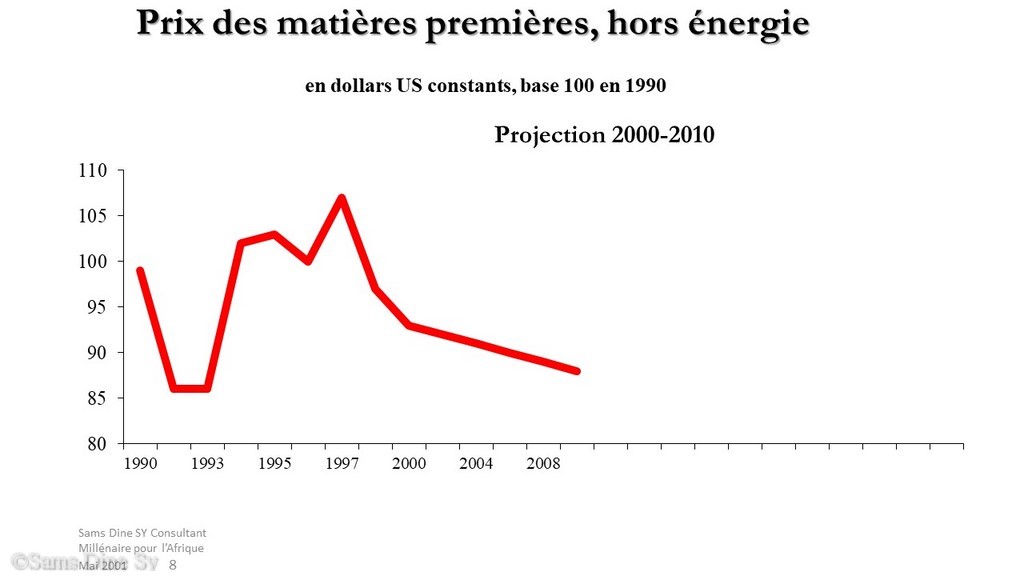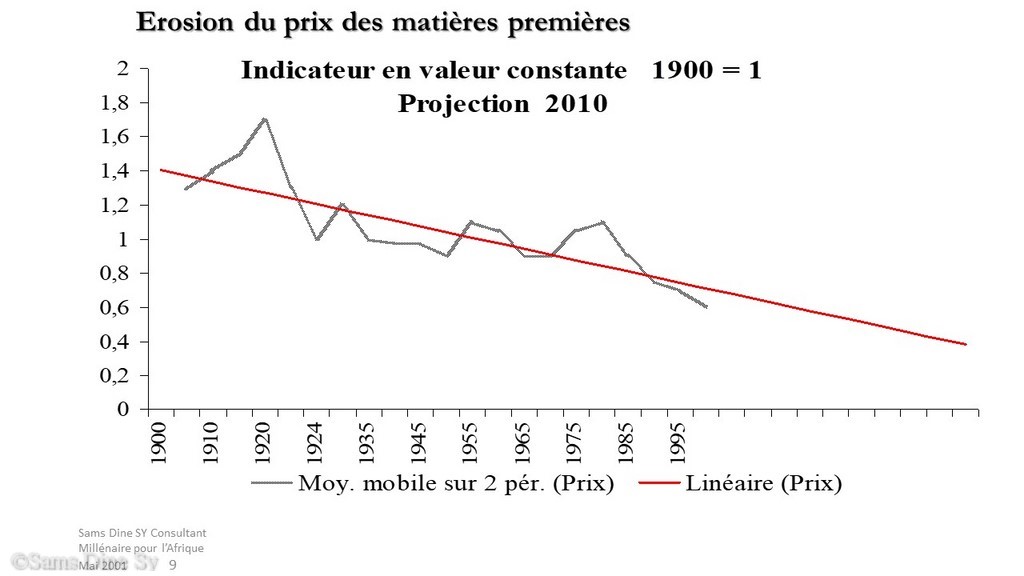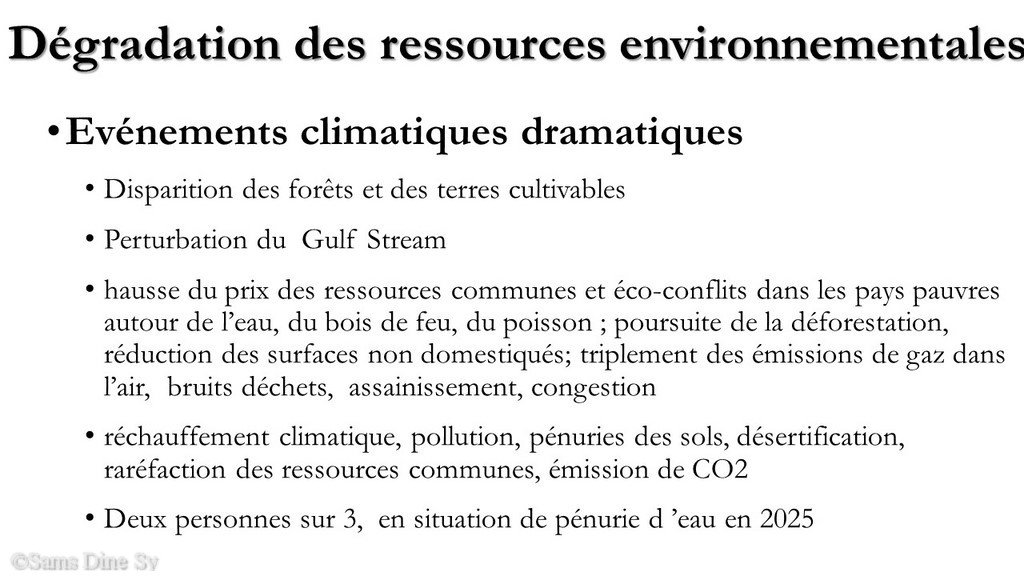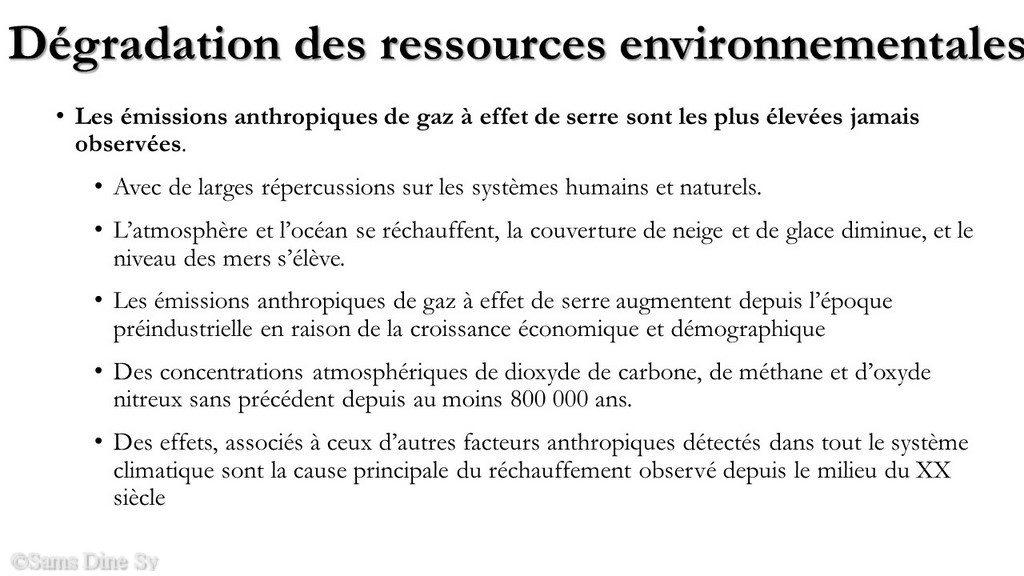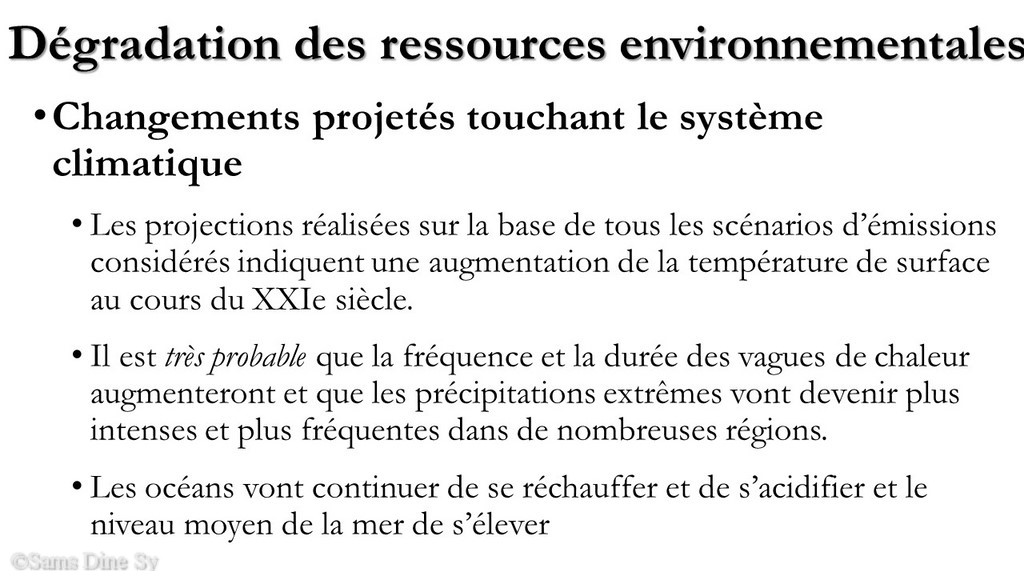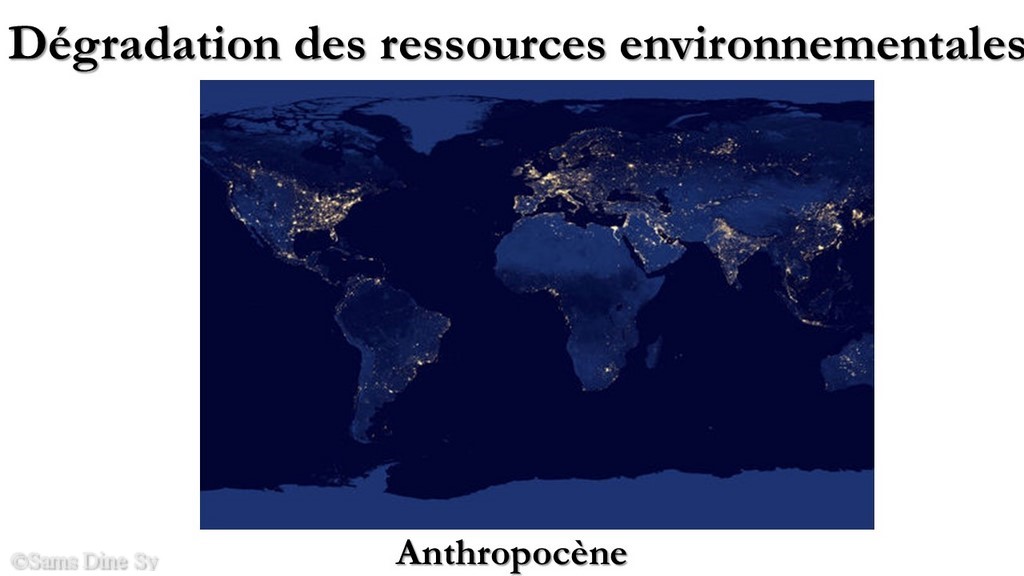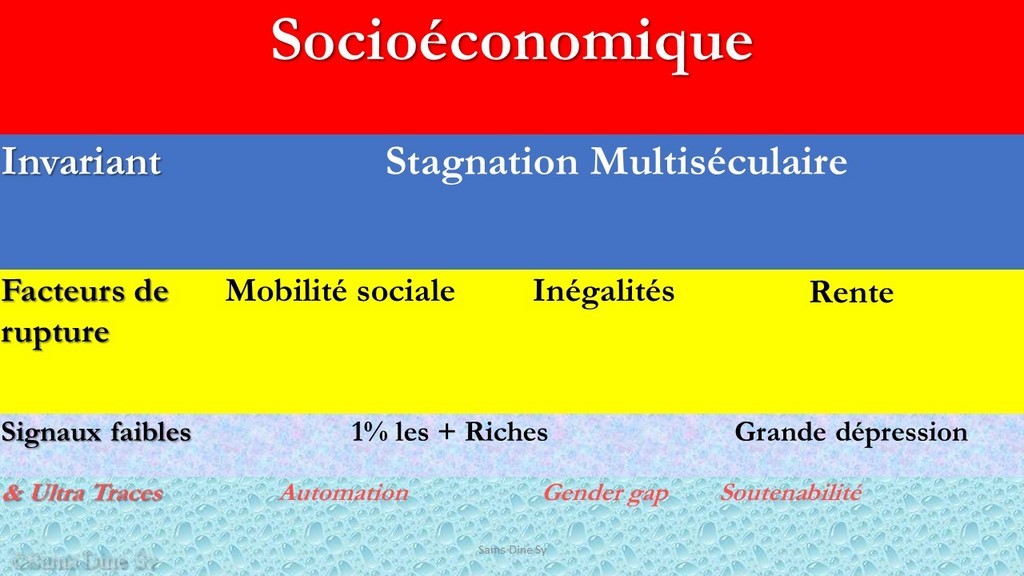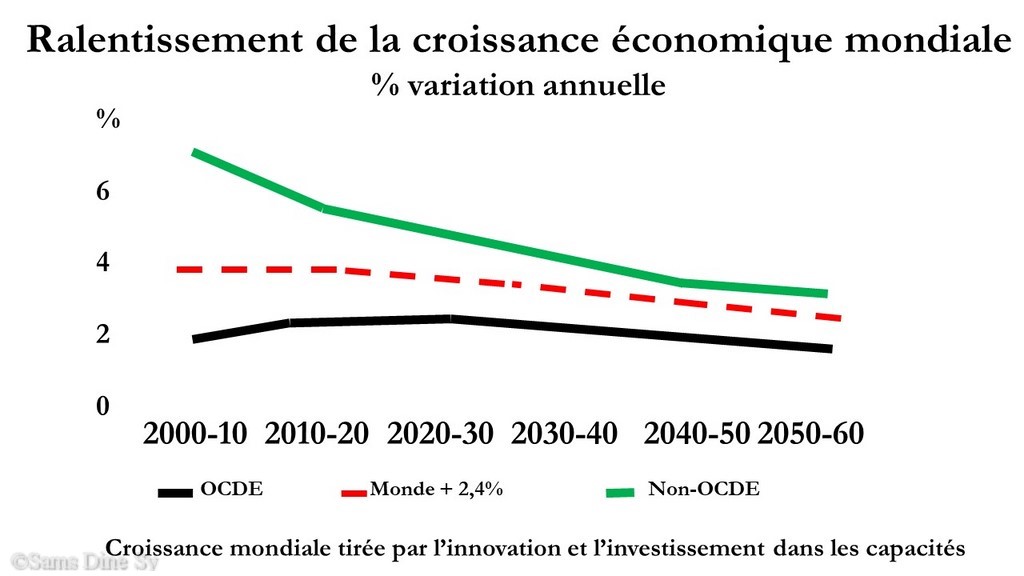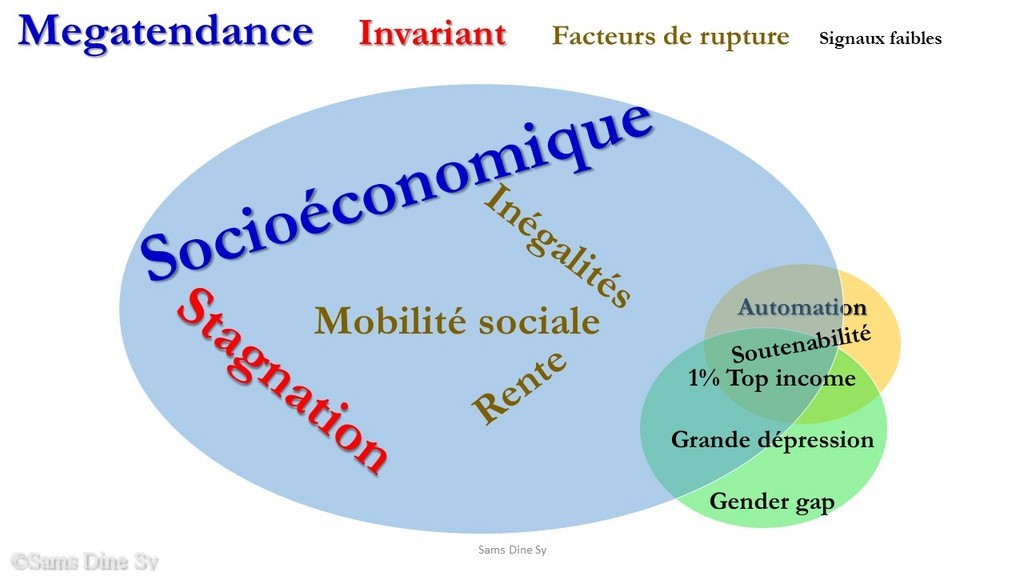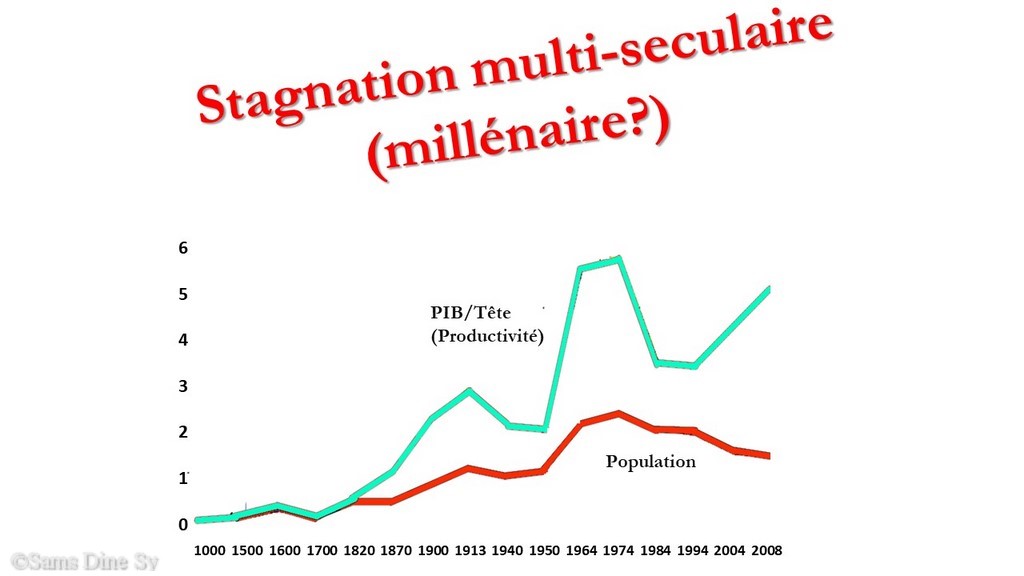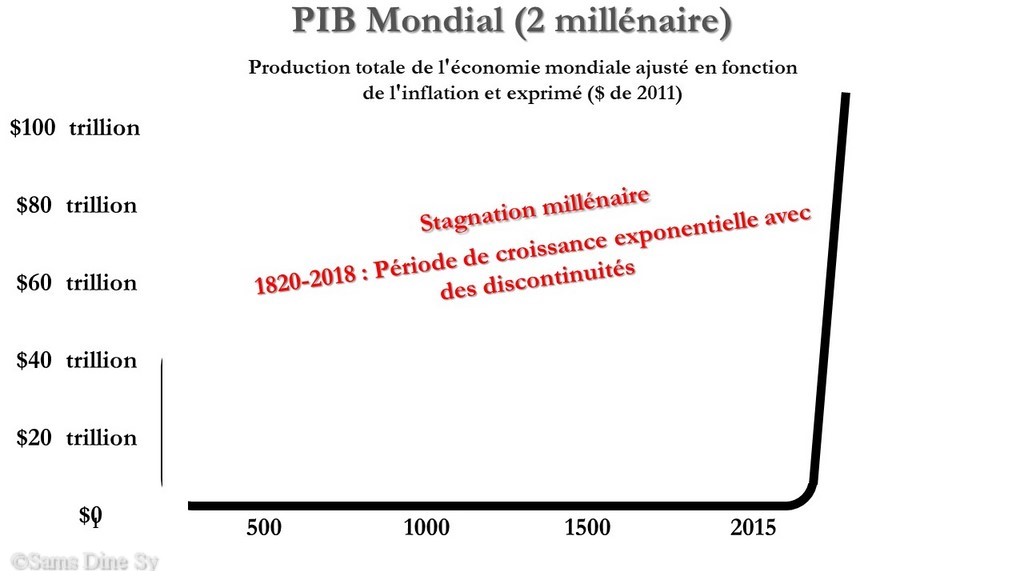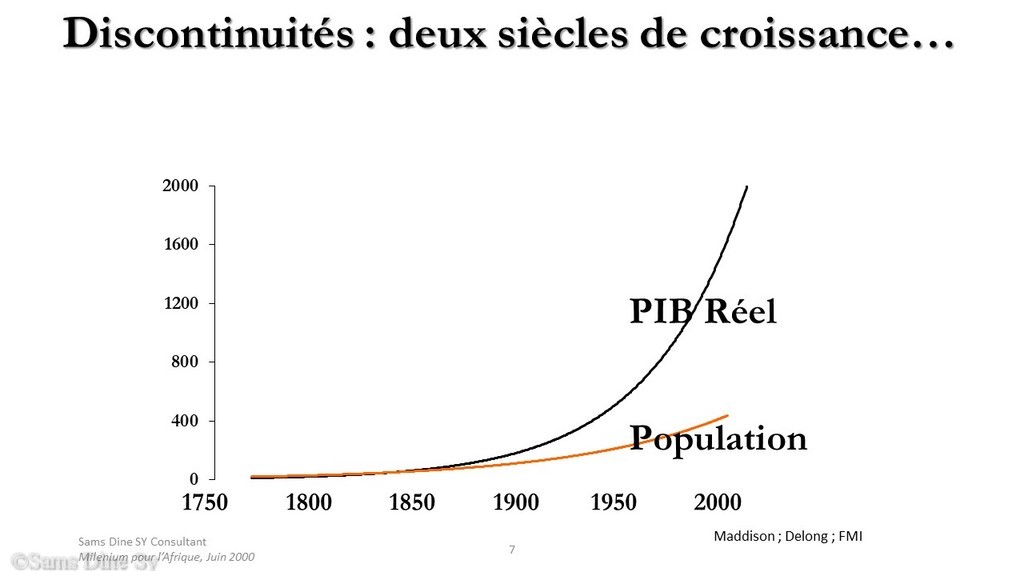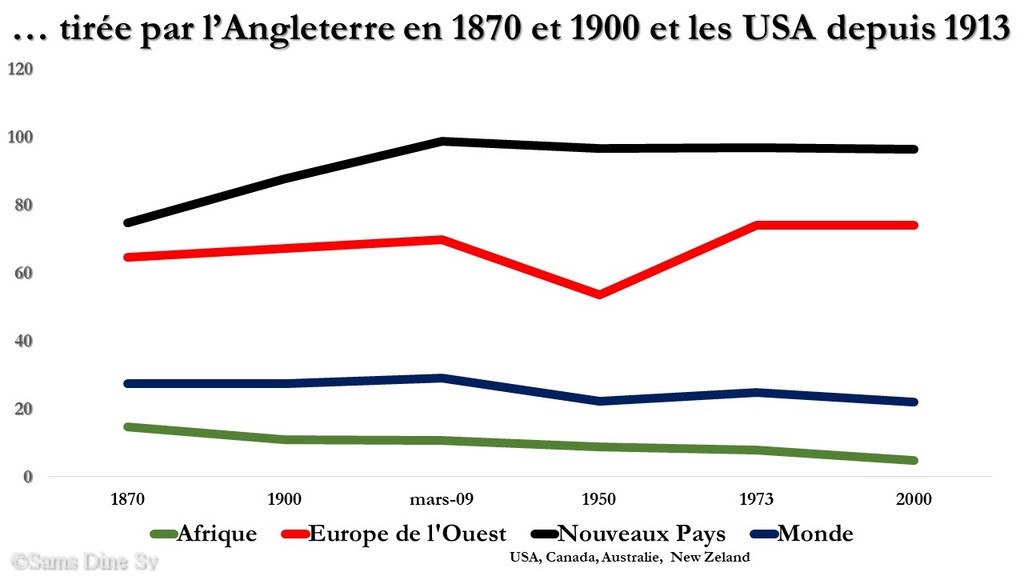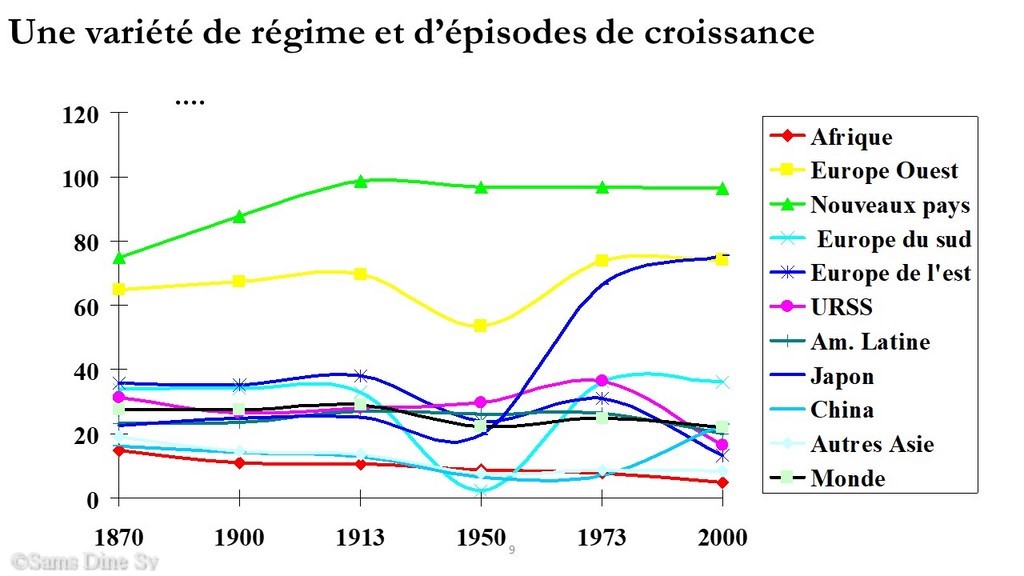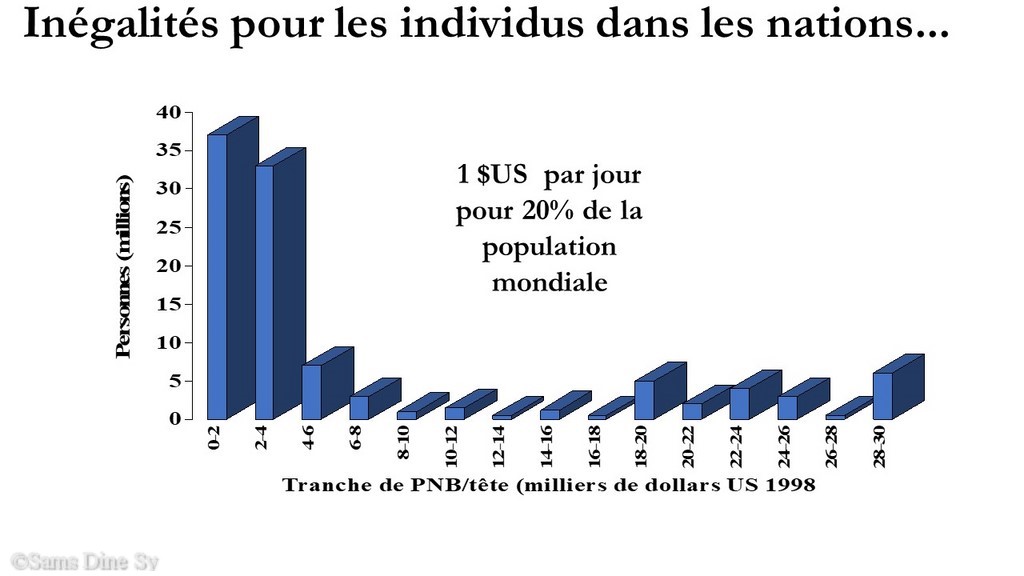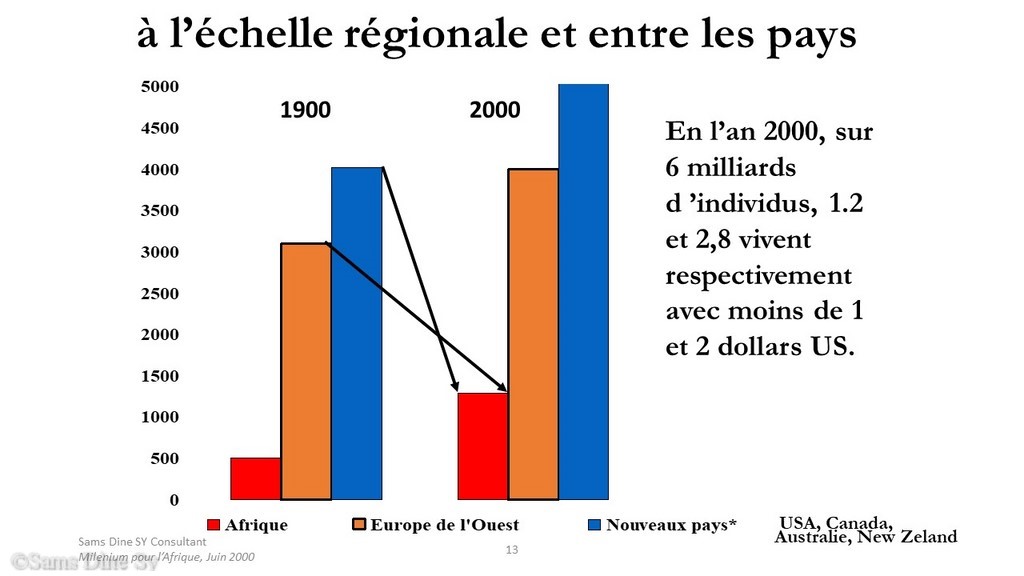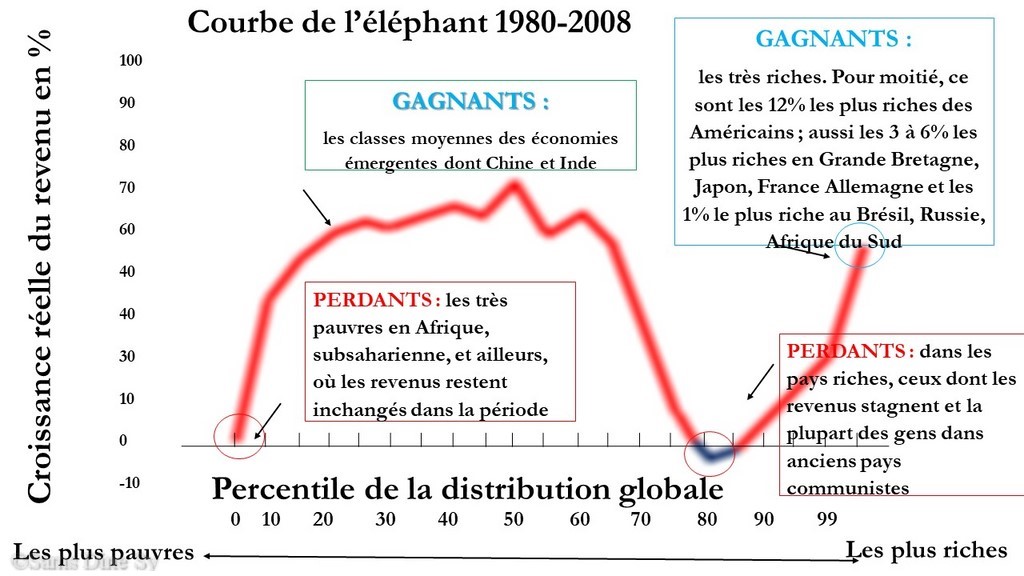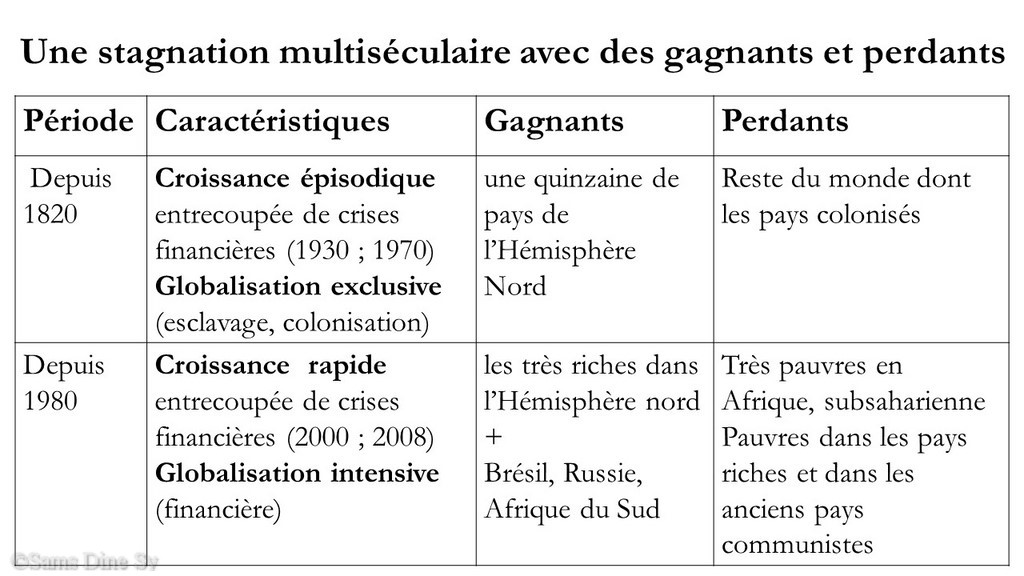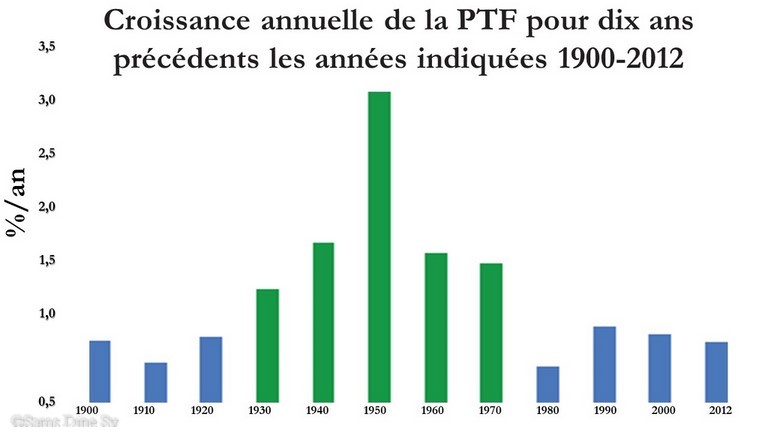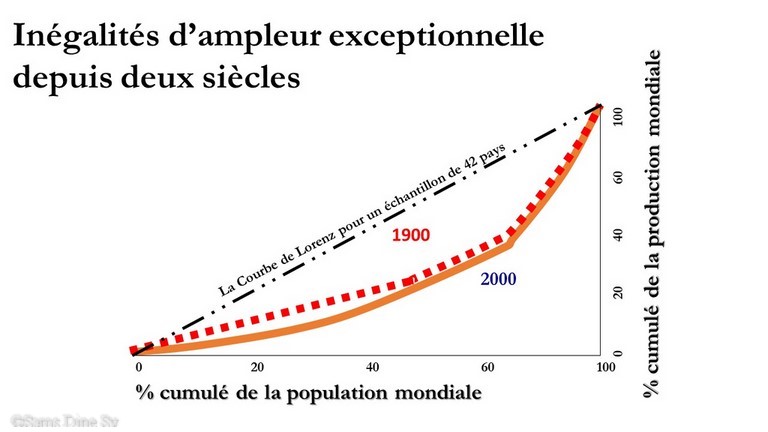Global ForesightMega Trends
Infography
demographic
Global population ageing largely offset by African population growth, especially among young people
The world population rises from 7.4 billion in 2015 to 8.5 billion in 2030 and then to 9.7 billion in 2050.
Trending decline in the share of the working population in an increasingly older society,
The movement of migrant workers is offsetting global demographic ageing.
Highlights for Africa
Young people in Africa compensate for demographic ageing
A growing share of the world's youth
The population doubles and represents a quarter of the world population
African youth structure the migration value chain to exposed and under-served regions into skilled workers.
environnemental
Environmental degradation
More extreme events in areas most affected by climate change
Decimation of bio-diversity linked to overexploitation of natural resources: land, water, food
Climatic wars feeding the disturbing fires in number and intensity.
More extreme events in areas most affected by climate change
Decimation of bio-diversity linked to overexploitation of natural resources: land, water, food
Climatic wars feeding the disturbing fires in number and intensity.
Highlights for Africa
Geocide from areas exposed to climatic shocks or poorly developed to combat climate change
Drought waves cause desertification by gradual extension of the Sahara and Kalahari
The equatorial region is in the grip of increasing deforestaion
Climate geo-engineering intensifies in the most affected regions
.
socioeconomic
From a millennial perspective, the major socio-economic phenomenon is the stagnation of growth until 1820
Population and income growth have been based on conquest, colonization, technological and institutional innovation, trade and investment.
From 1820, a period of exponential growth began, interrupted by the Great Recession.
Highlights
Since the beginning of the 20th century: growth concentrated in some fifteen countries and interrupted by the Great Depression
For two decades:
Exceptional growth and income concentration among top 1% income groups
inequality explosion
winners and losers structure the elephant curve
a new period of so-called secular stagnation
